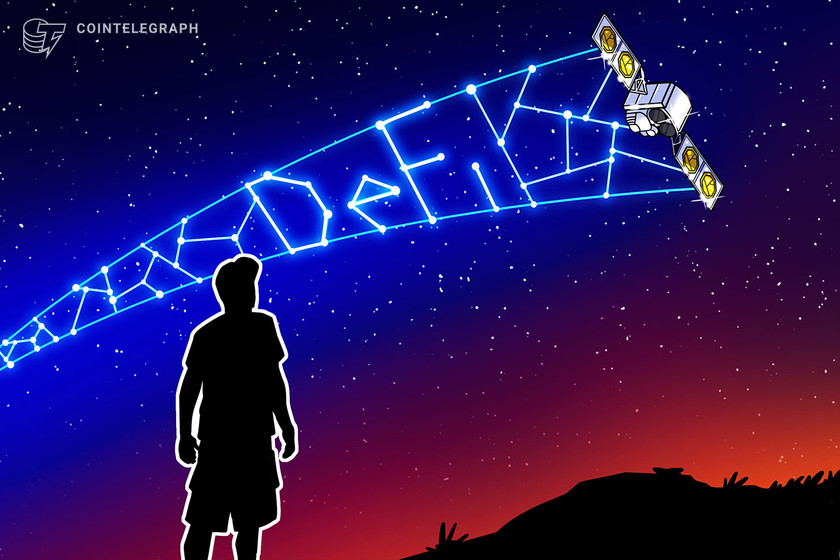ADA-backed algorithmic stablecoin ‘Djed’ launched on Cardano
After its successful security audit, the algorithmic stablecoin, Djed, from DeFi service provider COTI, deployed on the Cardano mainnet.

Own this piece of history
Collect this article as an NFT
Since the fall of the TerraUSD (UST) algorithmic stablecoin in May 2022, many users in the crypto space have developed a weariness toward that particular asset class. The market for algorithmic stablecoins has declined 10x from its all-time high before the Terra collapse.
However, this has not stopped developers on the Cardano network from pushing forward with the launch of the ecosystem’s overcollateralized stablecoin. Djed (DJED) launched on the Cardano mainnet on Jan 31. and is pegged to USD and backed by Cardano’s native coin ADA (ADA). It uses the SHEN token as its reserve coin.
According to the announcement the new token recently completed a successful security audit and was under development for over a year. DJED is a product of Coti, a decentralized financial (DeFi) solutions developer on the Cardano blockchain, as a means for new DeFi and payment opportunities.
Cointelegraph reached out to the developers for further comments on the launch.
Prior to the launch of the new Cardano stablecoin, the idea of bringing another algorithmic stablecoin into existence caused tremors among the online crypto community.
Related: Buterin: How to create algo stablecoins that don’t turn into Ponzis or collapse
This is one of the latest in a series of recent updates coming out of the Cardano network, which included an announcement from co-founder Charles Hoskinson on Jan.12 that the ecosystem will expand via custom-built sidechains.
On Jan. 23, due to an anomaly, 50% of Cardano nodes disconnected and had to restart, which caused a network outage. This was only one week prior to the launch of the new algo stablecoin.
At the beginning of 2023, Bloomberg reported that the risk assessment firm Moody’s Corporation is developing a scoring system for stablecoins, which will include an initial analysis for up to 20 digital assets.









